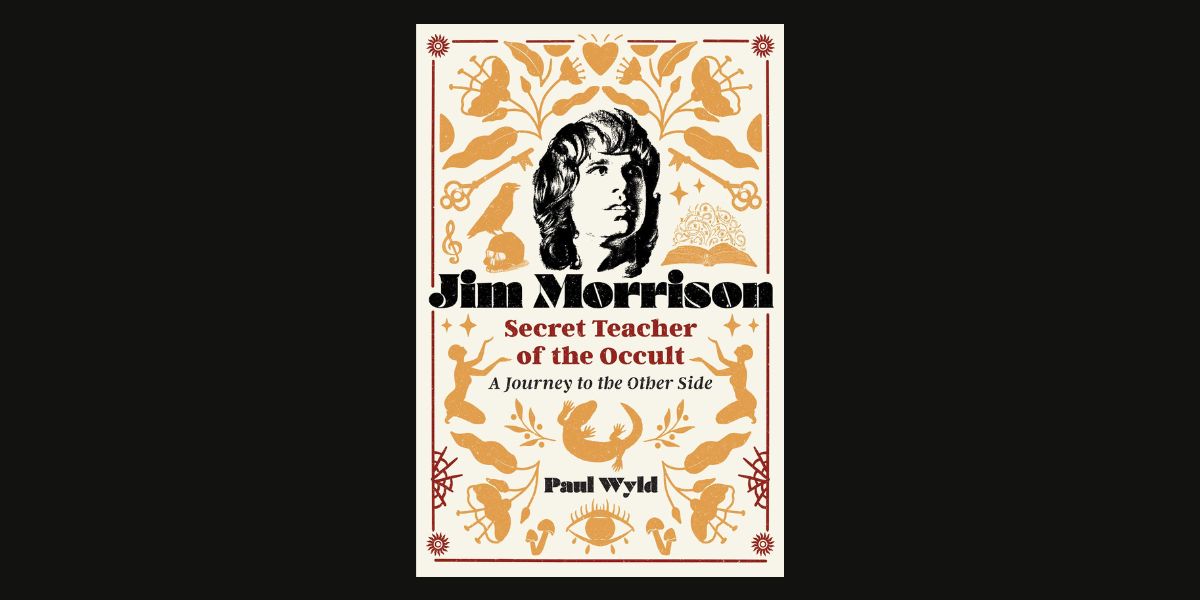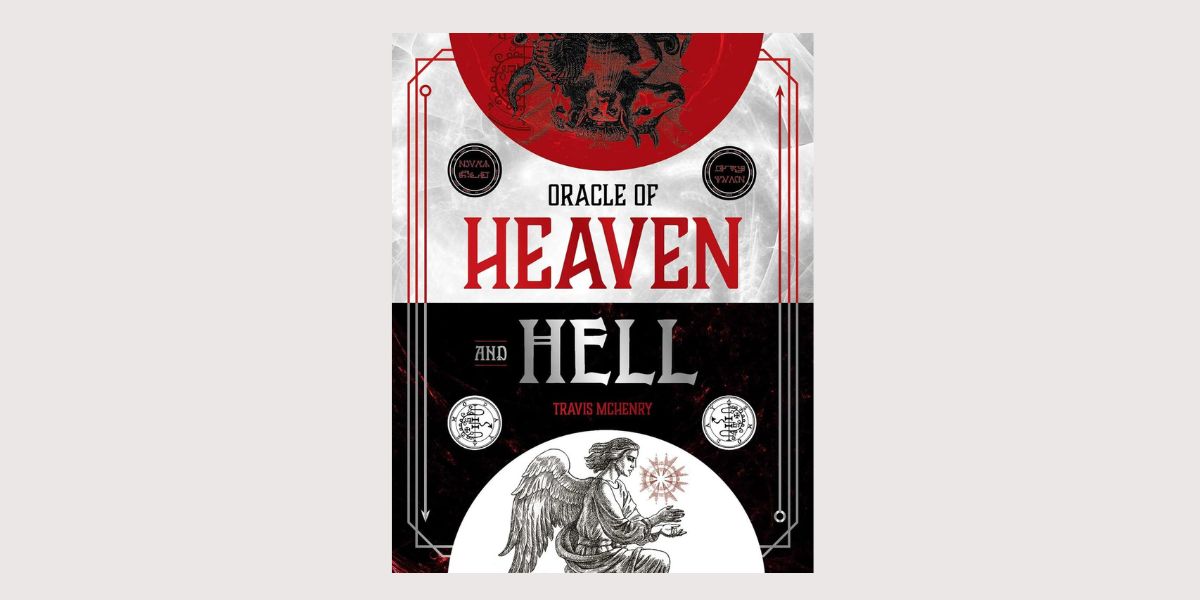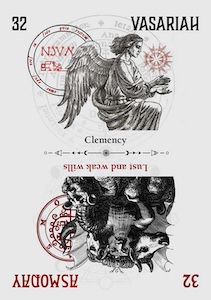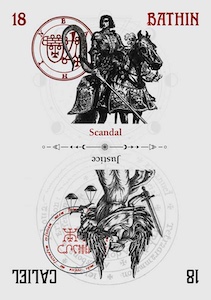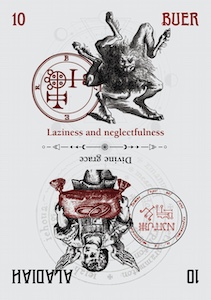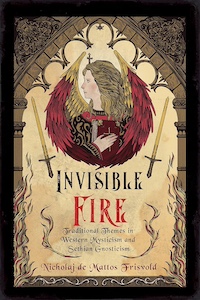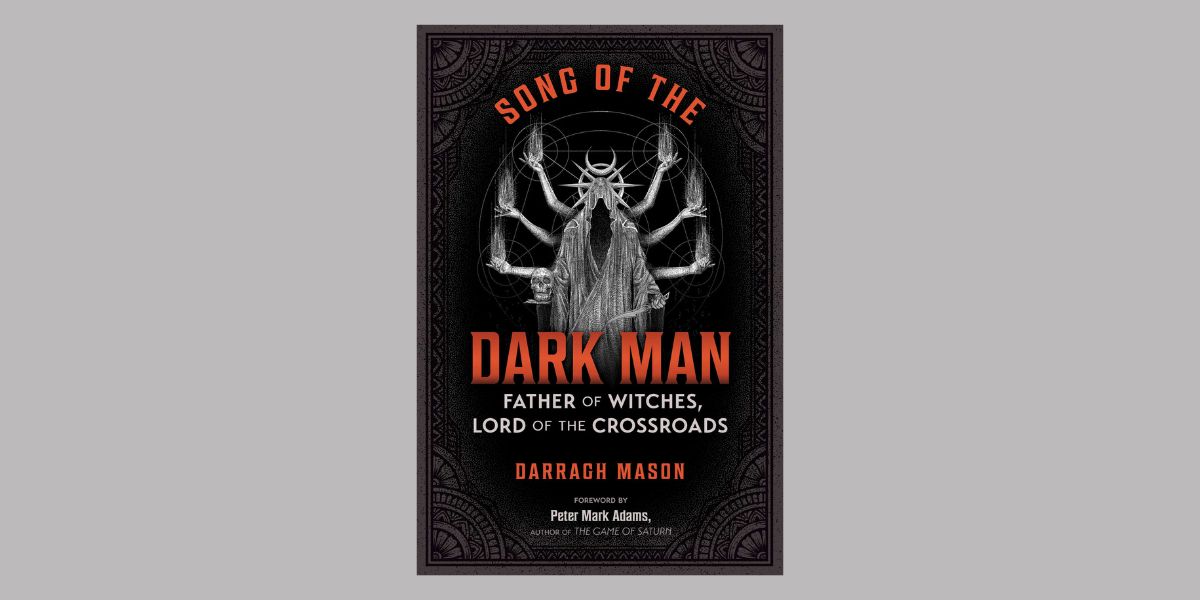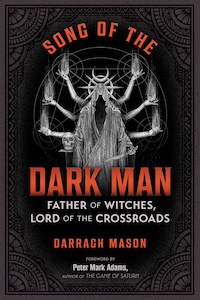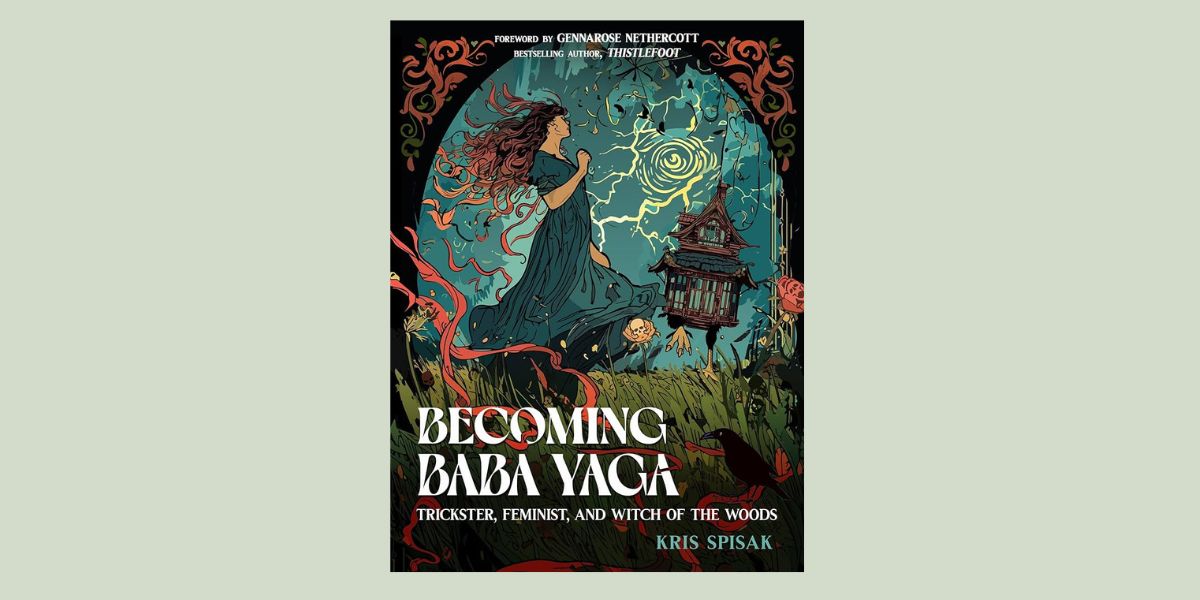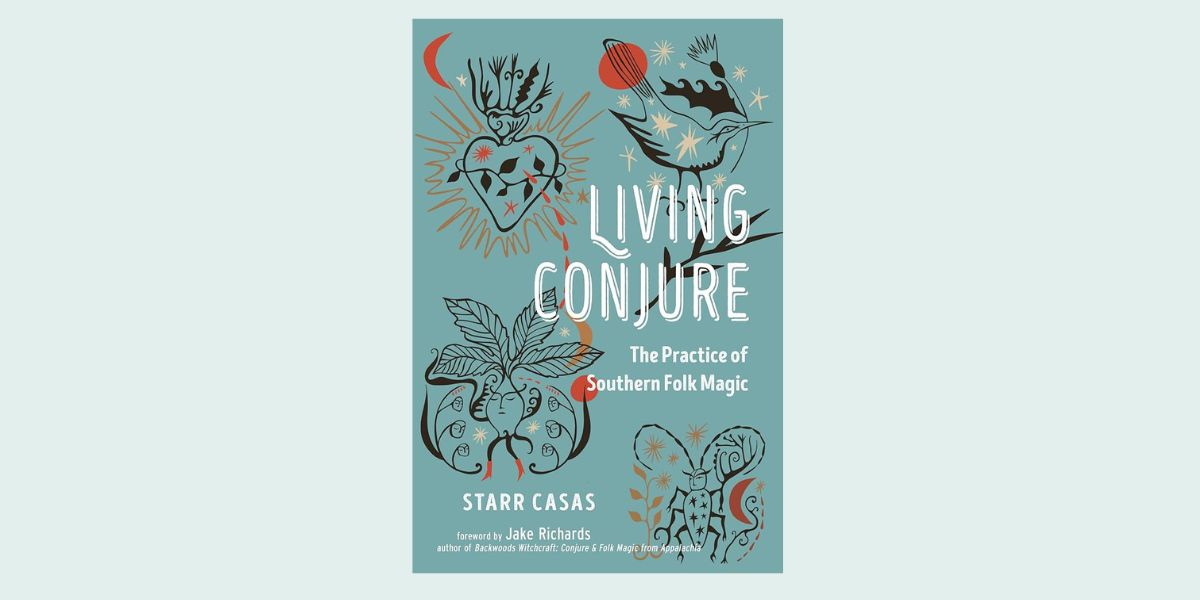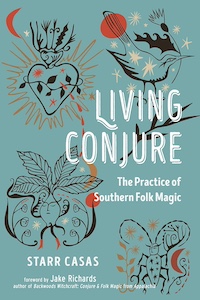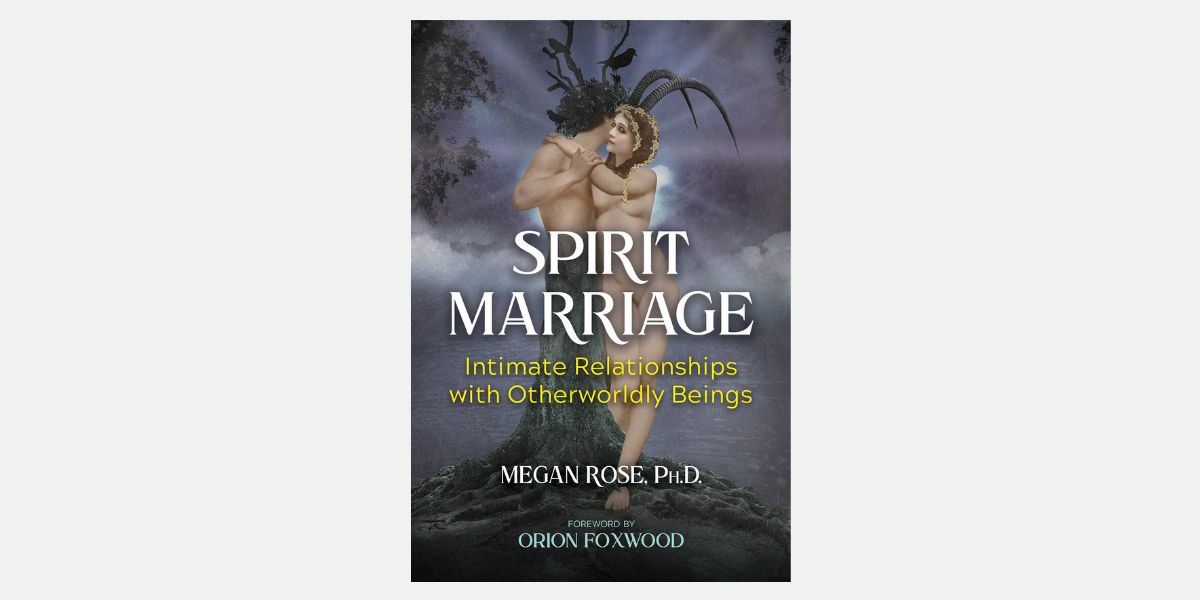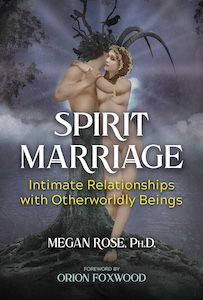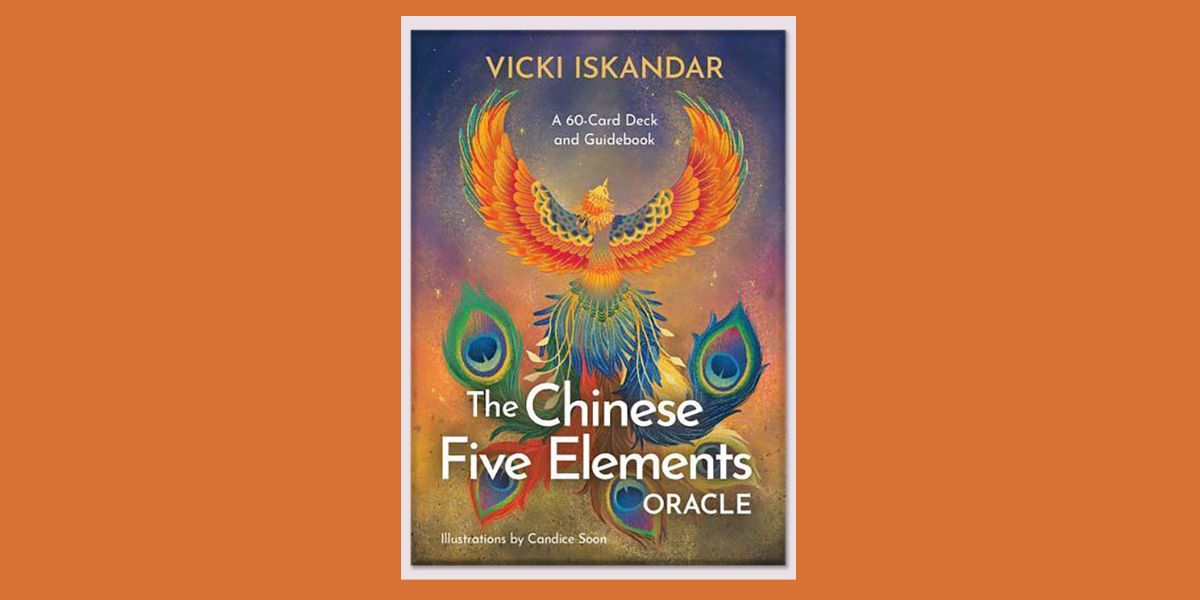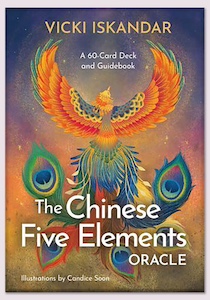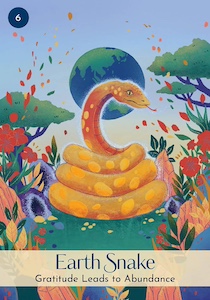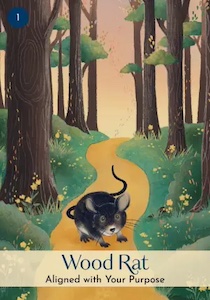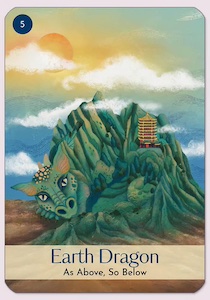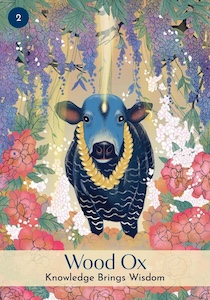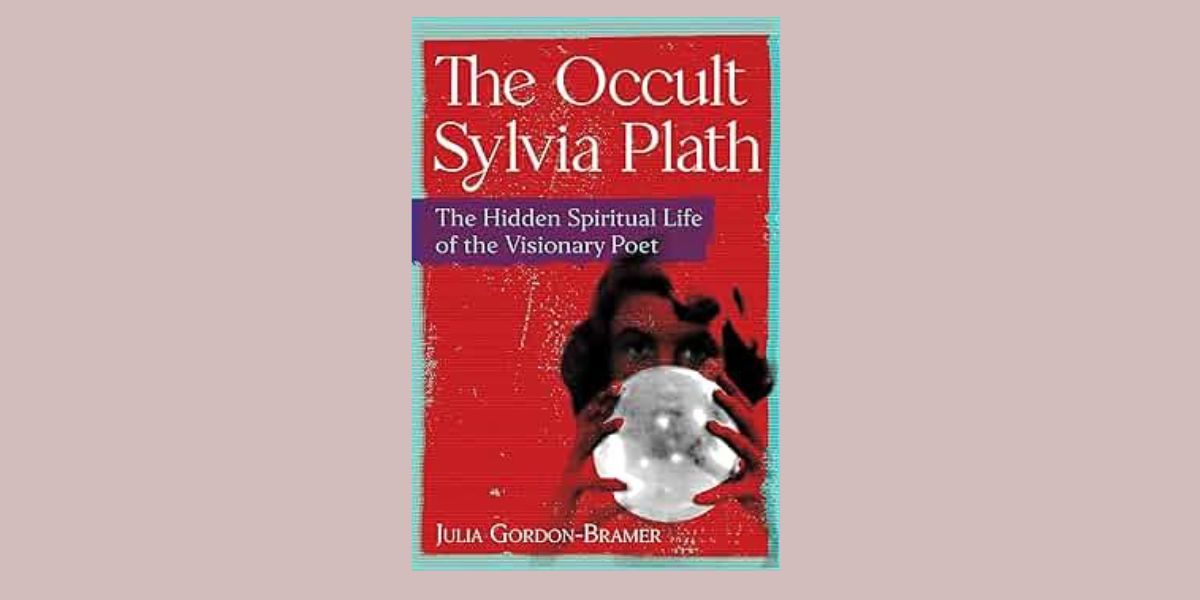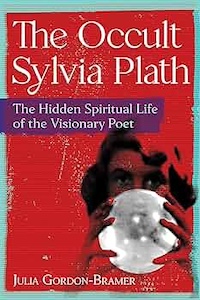
Jim Morrison, Secret Teacher of the Occult: A Journey to the Other Side, by Paul Wyld
Inner Traditions, 979-8888500804, 256 pages, September 2024
Lizard King and shaman-poet Jim Morrison (1943-1971), a fork-tongued prophet of the Age of Aquarius, slithered out of the depths of the 1960s counterculture as the iconic frontman of the psychedelic rock band The Doors. His raucous Dionysian incantations conjured otherworldly forces and awakened dormant powers within the souls of the masses. Paul Wyld’s Jim Morrison, Secret Teacher of the Occult: A Journey to the Other Side offers a fresh perspective on this legendary rock star, revealing Morrison to be a disciple of ancient wisdom, tapped into cosmic consciousness, channeling its energy into his music and poetry.
Wyld, himself a singer-songwriter and poet, writes about Morrison’s creative process with the intimate understanding of a kindred spirit. Delving into his fascination with the occult and its influence on his work, Wyld challenges the conventional portrayal of Morrison as a drug-addled rebellious rocker. Instead, he paints a portrait of Morrison as a spiritual guide, drawing parallels between the singer’s life and the teachings of ancient mystics. By illuminating Morrison’s exploration of the occult, Wyld provides a deeper understanding of this complex and multifaceted artist.
“This book focuses on Jim Morrison’s role as a secret teacher through his music and writings,” Wyld says in the introduction. “It’s my hope that this new vision of Jim Morrison’s life will further magnify the beauty and strangeness that’s to be discovered in the living quality of Jim Morrison’s art.”1
Through the sonic labyrinth of psychedelic rock music and lyrics, The Doors channeled echoes of primitive rituals. Morrison’s potent incantations were delivered through a wide range of emotive vocal expressions, from a seductive, silky smooth baritone to a raspy whisky voice, accompanied by guttural grunts and primal screams. In the velvet darkness of closed eyes, their music is an immersive sensual experience, a journey into the abyss of the soul.
As keyboardist Ray Manzarek once said in an interview, “If you’re in harmony with the planet–and that’s what opening the doors of perception are all about–if you had the courage to open the doors of perception, you’re gonna find a whole new world inside of you, man.”2 The band’s name was derived from the title of Aldous Huxley’s book The Doors of Perception, which in turn drew inspiration from the following line in William Blake’s The Marriage of Heaven and Hell: “If the doors of perception were cleansed, everything would appear to man as it is, Infinite.”3
By closing the curtains of our eyes, cutting off external stimulation and distractions, and immersing ourselves in their music, we can experience the theater of cosmic consciousness within. The robust sensory overload is a crucial part of the visceral, Dionysian ecstasy, demanding our full bodily presence. From carnivalesque rock ballads to the blues and beyond, few bands have ever been capable of such experimental genre-bending versatility. Describing the unique sound of The Doors to someone who hasn’t heard them is like a person with synesthesia trying to describe how a color tastes. You really have to experience it for yourself.
Wyld taps into astrological insights to explore the mystical synergy between the band members. “The strong winds of Ray’s Aquarius air sign and carnival organ sound complemented Jim’s Sagittarius fire sign and strange, avante-garde surrealist/Symbolist lyrics,”4 Wyld says. “Jim went into shamanic trances and ecstasies onstage, making all kinds of wild animal sounds while drummer John Densmore thrashed away on his drums to aid Jim in summoning the healing magic of the spirit world.”5 According to Wyld, Morrison followed the calling of his Leo North Node to bring his secret teachings out into the spotlight with his larger-than-life persona.
“Jim’s timeless appeal partly lay in his capacity to put us in touch with very distant times, very old places, and the intense longing to go back and connect with its primitive magic, for among all primitive and ancient peoples there existed an ever-present reverence for the Great Mystery,”6 Wyld says.
Wyld deep dives into Morrison’s occult odyssey, tracing his journey from teen magus to psychedelic prophet. A copy of Seligmann’s The History of Magic & the Occult, checked out from the library and never returned, exerted a profound influence on his adolescent psyche. Additionally, Wyld traces Morrison’s literary lineage, highlighting his astral travels through the psychic landscapes of the Beat poets and the Symbolists.
“Jim lived on the fringes to remain in touch with the ‘new, alien and other,’ both within and around him just as his heroes Jack Kerouac, Charles Baudelaire, Arthur Rimbaud, Friedrich Nietzsche, and Antonin Artaud did before him,”7 Wyld says. Morrison’s work was also inspired by his favorite artist, Hieronymous Bosch, who “viewed the world as a hell in which we pass through the devil’s digestive system.”8
According to Wyld, “Creating concert venue chaos that felt like being in a sinful, beautiful, terrifying, and ecstatic Bosch painting was one of Jim’s original visions he’d once dreamed of achieving as a filmmaker.”9 That surreal cosmic vision is eloquently expressed in his poetry, such as in the following excerpt Wyld shares from Morrison’s collected works: “The Universe, one line, is a/ long snake, & we each are/ facets on its jeweled skin.”10
Drawing on insights from Jean Bolen’s Gods in Everyman, Wyld delves into how Jim Morrison’s life and music were deeply intertwined with the Dionysian archetype. This ancient Greek god, associated with wine, ecstasy, and chaos, embodies the primal, irrational forces of the human psyche. Morrison’s wild stage performances, drug-fueled lifestyle, and poetic explorations of the darker aspects of human nature mirrored this Dionysian spirit.
By embracing the Dionysian, Morrison sought to transcend the boundaries of conventional reality and connect with a deeper, more primal level of existence. His music served as a conduit for this Dionysian energy, inviting listeners to embark on a journey of spiritual exploration and sensory overload. As Bolen notes, individuals embodying the Dionysian archetype are prone to internal conflict and psychological turmoil, struggling to reconcile opposing forces within themselves. This constant tension, akin to “dismemberment or crucifixion”11 by conflicting desires and impulses, is a hallmark of the Dionysian experience.
Morrison’s high voltage channeling of primeval cosmic forces was destabilizing and dangerous for him. “To feel the destructive sword of spiritual awakening upon ordinary consciousness, to share this with so many waking up, was to both participate in and witness nothing less than a spiritual apocalypse,”12 Wyld says. The intense pressure of being a spiritual leader for a massive new age movement may have exacerbated Morrison’s substance abuse, and his drunken alter ego, “Jimbo,”13 often took over.
He also drank to silence the voices of “indwelling spirits”14 that had haunted him ever since he witnessed a horrific car accident at the tender age of four years old. Scarred by this traumatic encounter with death, he believed that the spirits of Indians dying on the roadside had entered his body and merged with his own soul. He referenced this experience in the song “Peace Frog” with the following lyrics: “Indians scattered on dawn’s highway bleeding./Ghosts crowd the young child’s fragile eggshell mind.”
Perhaps consumed by the intense cosmic forces he was channeling, he met a sudden and mysterious death, succumbing to apparent heart failure, at the age of 27. Despite his incredible rock legacy, Wyld notes that “Jim’s greatest desire was to be known and remembered as a poet,”15 and he lamented his hyper-sexualized public persona, even regretting posing for pictures. I wonder if he was referring to those famous Christ-like shirtless photos that are still to this day plastered on all kinds of Doors paraphernalia, from t-shirts and posters to books and greatest hits album covers. This inner conflict, perhaps rooted in his Dionysian archetype, highlights the complexity of the man behind the myth.
The Christ-like images of Jim Morrison were the first ones I saw as a teenager in the nineties, when I was immersed in the alternative rock scene, which was heavily influenced by the resurgence of 60s counterculture, popularized by films like The Doors (1991), starring Val Kilmer. I was introduced to the band through one of my pothead friends, who fell in love with Jim Morrison after watching the movie. We would get high and play Super Mario on her old school Nintendo with The Doors album Waiting for the Sun (1968) softly playing in the background as a psychedelic soundtrack to the game.
The song “Strange Days” off their second album was my favorite song, and, while listening to it on repeat after smoking a joint laced with Dionysus knows what, the doors of perception opened wide enough for me to hear Jim mumbling alternate lyrics to the song, which I dutifully transcribed in poetry form. Even as a sober adult, the song’s sonic landscape and Morrison’s distorted vocals continue to mesmerize and inspire. This experience taught me that writing poetry can be a mediumistic act, a channeling of spirit voices.
Morrison still exerts a profound influence on me, and The Doors remain one of my all-time favorite bands. After earning my bachelor’s degree in English, I delved deeper into Morrison’s work, studying his first book of poetry, The Lords & the New Creatures (1970), and his poetry album An American Prayer (1978). Wyld’s book has inspired me to revisit the band’s discography with fresh ears, uncovering new depths in their music.
Jim Morrison remains an enigmatic figure, a cultural icon whose influence continues to shape our collective consciousness. Wyld’s book offers a compelling exploration of Morrison’s mystical side, shedding light on the spiritual and intellectual underpinnings of his art. Diving into the depths of Morrison’s legacy, we are reminded of his enduring power to inspire and provoke. Jim Morrison, Secret Teacher of the Occult is a must-read for fans of The Doors and anyone interested in the intersection of music, mysticism, and the Universal Mind.

Rachel Christina McConnell is a witch, tarot reader, intuitive astrologer, and writing spider. She holds an MFA in Fiction from Columbia University in the City of New York. Her short stories have appeared in Dark Moon Lilith Press and Minerva Rising Press’s The Keeping Room. Links to her publications are available here: https://rachelchristinamcconnell.wordpress.com
